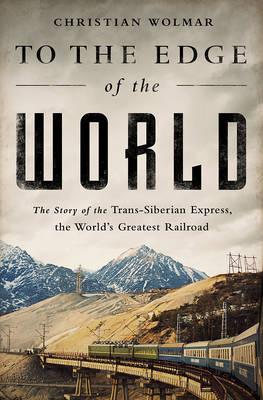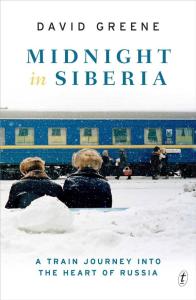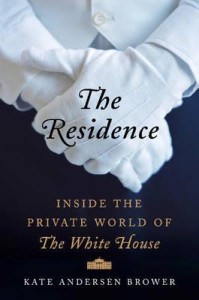To the Edge of the World is an adventure in travel full of extraordinary personalities, more than a century of explosive political, economic, and cultural events, and almost inconceivable feats of engineering. Christian Wolmar passionately recounts the improbable origins of the Trans-Siberian railroad, the vital artery for Russian expansion that spans almost 6,000 miles and seven time zones from Moscow to Vladivostok. The world’s longest train route took a decade to build in the face of punishing climates, rampant disease, scarcity of funds and materials, and widespread corruption.
The line sprawls over a treacherous landmass that was previously populated only by disparate tribes and convicts serving out their terms in labor camps?where men were regularly starved, tortured, or mutilated for minor offenses. Once built, it led to the establishment of new cities and transformed the region’s history. Exceeding all expectations, it became, according to Wolmar, the best thing that ever happened to Siberia.”
It was not all good news, however. The railroad was the cause of the 1904-1905 Russo-Japanese War, and played a vital and at times bloody role in the Russian Revolution and the subsequent Civil War. More positively, the Russians were able to resist the Nazi invasion during the Second World War as new routes enabled whole industries to be sent east. Siberia, previously a lost and distant region, became an inextricable part of Russia’s cultural identity. And what began as one meandering, single-track line is now, arguably, the world’s most important railroad.
Christian Wolmar is a fervent railway enthusiast. He is not quite a trainspotter (that phase ended when he discovered girls), but as a journalist he has devoted his career to the campaign for better rail transport. In spare moments, he’s found the time to write at least 11 books, including several histories of epoch-making routes. In view of these credentials, the conclusion he reaches at the e
nd of his latest volume “To the Edge of the World” should probably be trusted. “There can be no other railway,” he writes of the Trans-Siberian, “that has had such a profound influence on the history of not only the nation in which it was built, but that of the world.” The book is all about that history, a narrative that combines the worlds of engineering and politics, geography and war.
Sergei Witte, the man behind the project, is the hero of Mr. Wolmar’s tale. Though he is better-known as a path-breaking minister of finance, Witte began his public-service career in the 1860s as railway ticket clerk in the provincial city of Odessa. Promoted rapidly to management, he was tested by a spell in prison for his part in an accident that claimed dozens of lives. Undaunted and irrepressible, he become the railways’ tireless advocate at court, trouncing and then, in 1892, supplanting the parsimonious finance minister, Ivan Vyshnegradsky.
Railways, for Witte, were more than arteries for trade. The Trans-Siberian was also an extension of national muscle, a guarantor of Russia’s future in the glamorous Pacific world. The line, as he wrote in his memoirs, “not only served the obvious political needs of the state, but also provided a foundation on which to build devotion and respect at home and abroad.” It was this strategic case that won over the Czar of the day, and, given the project’s jaw-dropping costs—a bill for one notably difficult section of track amounted to a seventh of the empire’s annual income—such state support proved indispensible.
War is often called the locomotive of history, but Mr. Wolmar argues that war, to say nothing of revolution, is also driven by real locomotives. The original Trans-Siberian was bound to cause trouble. The Russian government of the 1890s made the extraordinary decision to build part of it across what was then Chinese territory, securing line and stations with military police and shipping Russian citizens to the brand new railway towns to settle in subsidized imperial splendor. The Russian push to the east was a principal cause of the 1904-5 Russo-Japanese war (and thus, indirectly, of the 1905 Russian revolution). The conflict with Japan continued well into World War II; their experience of Stalin’s army in May 1939 may have helped persuade the Japanese to focus on America and Pearl Harbor.





